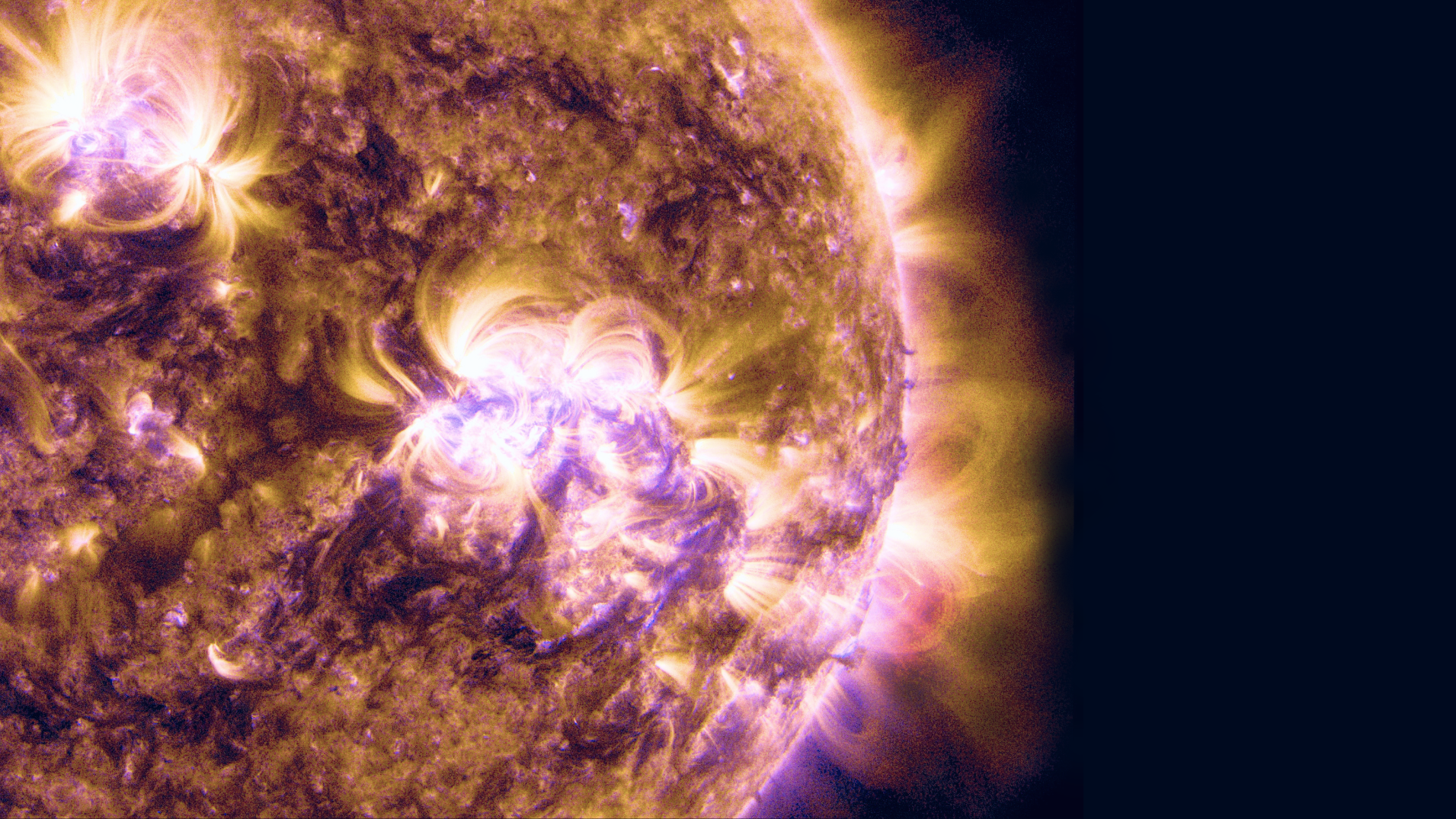In the vast expanse of the cosmos, the question of what formed first remains an enduring intrigue among scientists and philosophers alike. The narrative of cosmic evolution begins with the Big Bang, an event that marked the inception of time and space as we comprehend them. At this primordial juncture, the universe was in a state of extreme density and temperature, engendering the conditions necessary for the formation of fundamental elements. This article delineates the critical phases of this evolution and the elements that emerged during the universe’s infancy.
The legacy of the universe’s beginnings can be attributed to a series of intricate processes, each contributing toward the formation of the atomic building blocks of matter. The first moments following the Big Bang brought forth a quasi-instantaneous expansion known as cosmic inflation. This ephemeral phase, occurring within the first few picoseconds, established the uniformity of the cosmos. As the universe cooled, the quark-gluon plasma, a state of matter characterized by free-moving quarks and gluons, emerged. The diminutive particles that would ultimately coalesce into protons and neutrons were forged in this environment, marking the genesis of baryonic matter.
As the universe continued its expansion and cooling, the next pivotal milestone in elemental formation occurred approximately three minutes after the Big Bang during an epoch known as Big Bang Nucleosynthesis. In this timeframe, temperatures dipped sufficiently to allow quarks to combine, forming protons and neutrons. A delicate interplay of nuclear forces facilitated the fusion of these nucleons to create the first light elements: hydrogen isotopes (deuterium), helium, and trace amounts of lithium and beryllium. This embryonic milieu comprised roughly 75% hydrogen and 25% helium by mass, outlining the elemental landscape from which stars and galaxies would later emerge.
While the abundances of these primordial elements were inextricably determined by the physical conditions of the early universe, their implications are far-reaching. Hydrogen, being the simplest and most abundant element, served as the primary fuel for the formation of stars. Helium followed closely behind, serving both as a product of fusion and as a fundamental component of stellar structure. The relative scarcity of lithium and beryllium—byproducts of the intense reactions occurring during Big Bang Nucleosynthesis—would lead to their reformation in subsequent stellar generations.
The formation of the first stars, or Population III stars, occurred several hundred million years after the Big Bang. These primordial stars were composed predominantly of hydrogen and helium and were vastly larger than contemporary stars. They ignited nuclear fusion processes at unprecedented rates, catalyzing the synthesis of heavier elements through nucleosynthesis within their cores. This stellar alchemy resulted in the creation of elements beyond hydrogen and helium, such as carbon, oxygen, and iron. Eventually, these early stars met their dramatic ends in supernova explosions, dispersing their elemental concoctions into the interstellar medium.
This cosmic recycling prompted a second epoch of elemental formation. The remnants of Population III stars seeded subsequent generations of stars, known as Population II and I stars, with heavy elements, facilitating the formation of terrestrial planets and life as we know it. The dynamic interplay between these stellar events culminated in a rich tapestry of elements within the universe. It is noteworthy that while hydrogen and helium are the most ubiquitous elements, the diversity of elements—those essential to life, such as carbon and nitrogen—owe their existence to the fusion processes initiated by the universe’s earliest stars.
In examining the sequence of elemental formation, one must consider the roles of gravitational forces and dark matter. Gravity acted as an architect, shaping the large-scale structure of the universe and influencing the clustering of matter. Dark matter, though elusive, is posited to have played a pivotal role in the formation of the first galaxies, assisting in the gravitational binding of baryonic matter necessary for star formation. The interplay between visible and unseen matter continues to be a focal point of contemporary research, leading to evolving theories about the universe’s formative stages.
Furthermore, advances in cosmology and astronomy have provided unique insights into the aftermath of the Big Bang. Observations of cosmic microwave background radiation, relics of the early universe, have enabled scientists to glean information about the conditions shortly after the Big Bang. The temperature fluctuations observed in this radiation correspond to the density variations of matter, which ultimately dictate the formation of galaxies, clusters, and the grand structure of the observable universe.
In conclusion, the question of what formed first in the cosmos reveals a complex interplay of physical processes and interactions that span billions of years. The elemental landscape laid down in the aftermath of the Big Bang set the foundation for the rich diversity of matter we observe today. Exploring the origins of these elements offers not only insights into the history of the universe but also enhances our understanding of the fundamental forces that govern existence itself. As research continues to unfold, the quest for knowledge at the intersection of cosmology and astrophysics promises to uncover further layers of the universe’s grand narrative.












